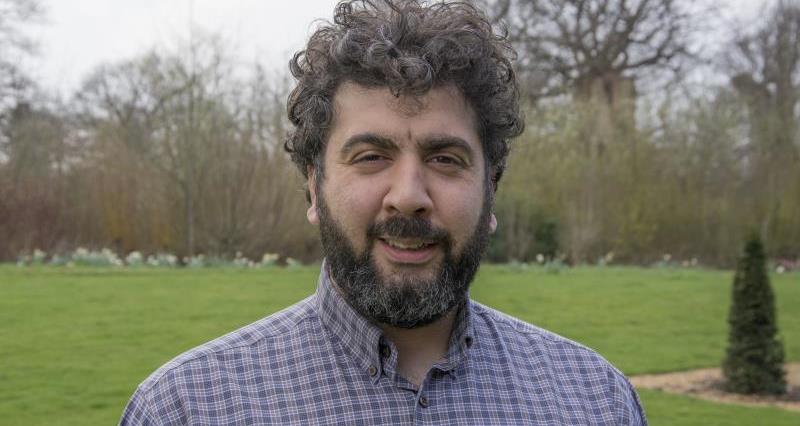It is said that “one person’s trash is another person’s treasure,” and never could this statement be truer than within the horticulture industry.
I have recently attended two separate presentations by two completely different companies regarding waste management solutions. The first was a company searching for sources of soft lignified wood such as vine tomato or sweet pepper stems to use as a raw material in the process of creating lactose. The stems are decomposed and Thermophyllic Bacteria (which only work at high temperatures) are introduced to commence the process of lactose production. This can then be used elsewhere in the food industry either as an anti-caking agent, a discolouration preventative, or as a filler in dehydrated foods.
The second presentation was regarding biomass and the soon-to-expire Renewable Heat Incentive set by the government. Growers and farmers are urged to substitute or even replace their current fossil fuel based heat source for one less detrimental to the environment, in a bid to reduce greenhouses gases. The most common type of fuel used is wood-chip which has led to many boilers and burners opting for recycled wood as a fuel source, a waste material from the building/carpentry/joinery trade. There has also been a rise in the installation of anaerobic digestion stations; food waste is biodegraded and the gas given off is used to create both heat for farmers and electricity put back into the national grid. Yet another example of one industry’s waste (pardon the pun) fuelling another.
As we settle into the 21st century and raw materials become increasingly finite, can we really afford to throw our waste away? Or should we be seeking every opportunity to change its usefulness?
